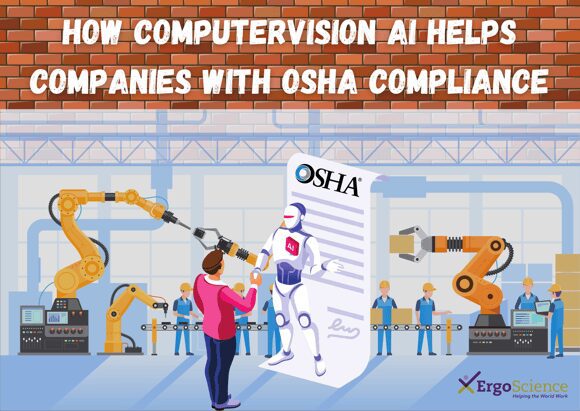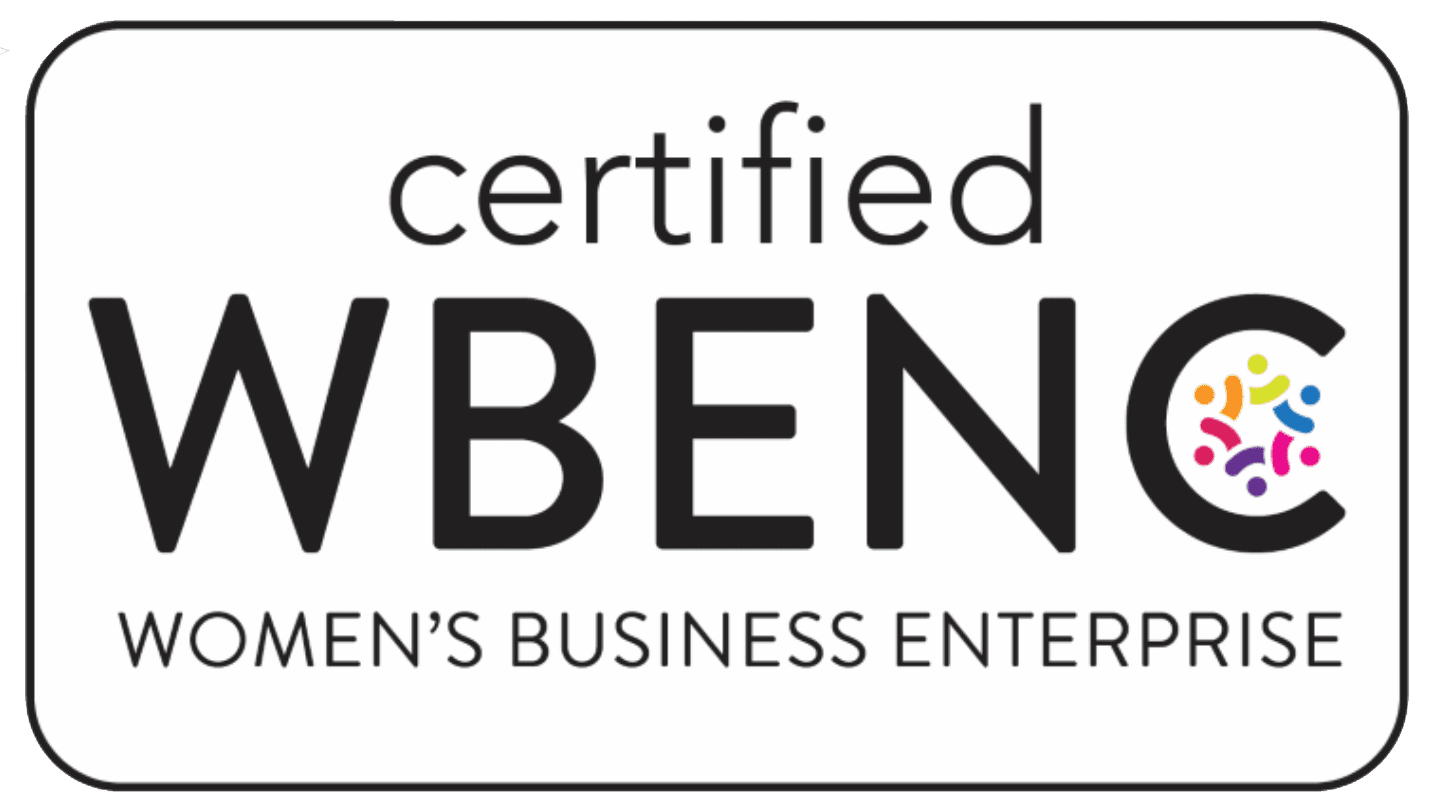
ComputerVision AI is a broad category of technology that applies to everything from facility management to targeted ergonomic assessments. For this blog post, I will refer to ComputerVision AI for targeted and detailed ergonomic assessments. In this niche application, the software builds complex 3D models of the human body moving through space from standard videos – videos recorded through a mobile app or uploaded on web-based software. With this information, the system completes Industry-standard ergonomic assessments that quantify risks with a standard methodology that prioritizes interventions to prevent workplace injury.
After a video is uploaded, the system automatically determines the hazardous postures in a job, the frequency of movements, and the duration of postures held. Then the AI recommends which postures and parts of the body the Industrial Athlete should adjust to mitigate the risk of injury.
Another huge side benefit of using ComputerVision AI is that it can help organizations remain in compliance with the requirements of OSHA 29 CFR 1910.269(a)(2)(iv). Paragraph 1910.269(a)(2)(iv) states the following: "The employer shall determine, through regular supervision and thorough inspections conducted on at least an annual basis, that each employee is complying with the safety-related work practices required by this section."
It's important to note that OSHA changed the word "and" in the paragraph above from "or" in 2014. In other words, employers can no longer claim compliance with OSHA 29 CFR 1910.269(a)(2)(iv) with just regular supervision. This change is significant. Conducting inspections of field personnel has become a regulatory compliance issue. Supervisors should perform a second observation after the industrial athletes implement any corrective action to ensure they follow through on the AI's recommendations.
Ergonomics is essential in any field inspection where workers handle materials, maintain their positions for extended periods, or perform repetitive movements. Of course, ergonomists can conduct field inspections without ComputerVision AI. BUT… they're more subjective, cumbersome to complete, and often employees are disengaged with the process. In addition, supervisors and managers are hesitant to do them because ergonomics isn't their expertise. ComputerVision AI does a lot of the work for the management team and provides them with the expertise they need.
OSHA requires employers to record their injury and illness statistics. But these statistics are lagging indicators. They often have little to no impact on the safety practices of an organization and the prevention of future injuries.
In contrast, regular field inspections provide leading indicators because they show whether employees apply safety principles in the field. In the case of ergonomics, field inspections show whether employees are lifting and carrying materials safely. They also identify situations where employees reach beyond the safety zone to obtain materials and supplies and get into unnecessarily awkward positions. Or when slightly changing work practices would minimize unnecessary risk. AI can prevent many, if not most, injuries by identifying these ergonomic hazards and evolving work practices, workstation setup, or using tools and equipment differently.
ComputerVision AI helps managerial staff and safety managers conduct these inspections with confidence that they are basing their recommendations on objective data and not just subjective opinions.
Field inspections are not always well received by employees. But ComputerVision AI changes employee attitudes even within one inspection session.
How? Employees are curious about the technology. Evaluators can show them a previous example with their cell phones or tablets. Then employees start to wonder what they would look like if they improved their technique. What would their scores be? And at that point, their engagement pivots. They are more eager to be videotaped. In addition, the software can block their faces for privacy concerns. Once they receive feedback, are videotaped again, and see the dramatic changes in their scores, they are motivated to change.
When the session concludes with praise for a job done well and safely, observer-employee-employer relationships grow.
ComputerVision AI helps to determine the effectiveness of training, ergonomic modifications to tools and equipment, and workstation modifications. Performing observations with ComputerVision AI helps companies track data and analyze trends to determine future ergonomic-related needs, such as training, modifying workstations, and purchasing new PPE, tools, or equipment.
Starting a ComputerVision AI ergonomic inspection program at your company requires purchasing software or hiring ergonomic consultants specializing in ComputerVision AI inspections and training. Naturally, you'll have to get buy-in from leadership which means explaining the importance of meeting OSHA's requirement for field inspections, explaining the role of ComputerVision AI ergonomics in injury prevention, and, last but not least, presenting a projected return on investment.
OSHA and the National Council on Compensation Insurance's (NCCI) Workers Compensation Statistical Plan Database have statistics that can support your projections. Since the average direct and indirect costs of a lost time workplace injury are over $80K, it's often easy to justify these programs.
Once they sign on to the ComputerVision AI program, leadership should regularly participate in field observations. Regular observations will support field personnel's acceptance of the inspection program and help to strengthen the safety culture of the organization.
Corrective action policies are essential to consider before developing the inspection program. If you have a policy that reprimands employees based on the inspections or is otherwise negatively focused, it will be tough to get buy-in regardless of the technology used. You may need to negotiate a new policy or an addendum to the existing approach to allow for inspections and coaching without reprimand.
Safety management personnel, operations supervisors, and managers can conduct the ComputerVision AI ergonomic inspection program. ErgoScience experience has shown us that even though the technology is extremely user-friendly, those implementing ComputerVision AI will likely need some training in basic ergonomic principles, use of the technology, and field practice under supervision to maximize the success of the program. In addition, we provide a hotline for questions regarding the use of the technology or the appropriateness of recommendations.
One of the benefits of having supervisors or managers perform field inspections is that they can connect with frontline personnel, hear any concerns, and give positive feedback for correcting unsafe work practices. An advantage of having safety personnel conduct the field inspections is that they typically have a little more experience and knowledge, depending on their backgrounds, in the field of ergonomics.
For managers and supervisors to be effective in performing the inspections, they need training in the following:
When a non-ergonomic infraction occurs during an ergonomic inspection, it presents an opportunity to find out why it happened. For example, perhaps a worker isn't wearing the appropriate PPE because of poor fit and discomfort. The solution would be to provide the worker with better-fitting PPE. Managers and supervisors should address major life-threatening safety infractions more firmly.
Once the videotaping is complete and uploaded into the software, the software calculates an overall task hazard score. It indicates which body segments contribute the most to the overall hazard score. The software also notes the percent improvement in the overall hazard score expected if the employee changes that body or limb segment position. Management can share the scores with the employee, and together the manager and frontline worker can problem-solve the best work practices to address the hazards. It might make the most sense for the organization to change the workstation setup or positioning of materials altogether to further aid in improving the scores.
Managers/supervisors need to recognize good work practices whenever possible and then offer feedback about what needs improvement to achieve a better score in the future.
After the audit is complete and supervisors share the results with employees; management can add notes to the reports stating what advice the employee received and attach another video of the worker using the recommended work practices. The safety team can use this method to provide a comparison report documenting change from pre to post-feedback.
OSHA requires field inspections, and ComputerVision AI can help make the process easier, more efficient, and more objective. Managers and supervisors are more willing to conduct the audits. Frontline workers get significantly more engaged than with standard ergonomic assessments and feedback. ComputerVision is a valuable tool that can help a company determine if evaluations and feedback have been effective. Maintaining documentation of these inspections keeps organizations in compliance with OSHA.

ErgoScience makes the workplace better by applying evidence-based injury prevention through proven, defensible methodologies.


Proudly built by Adam Black Media Copyright © All rights reserved.
Our goal is to help people in the best way possible. this is a basic principle in every case and cause for success. contact us today for a free consultation.